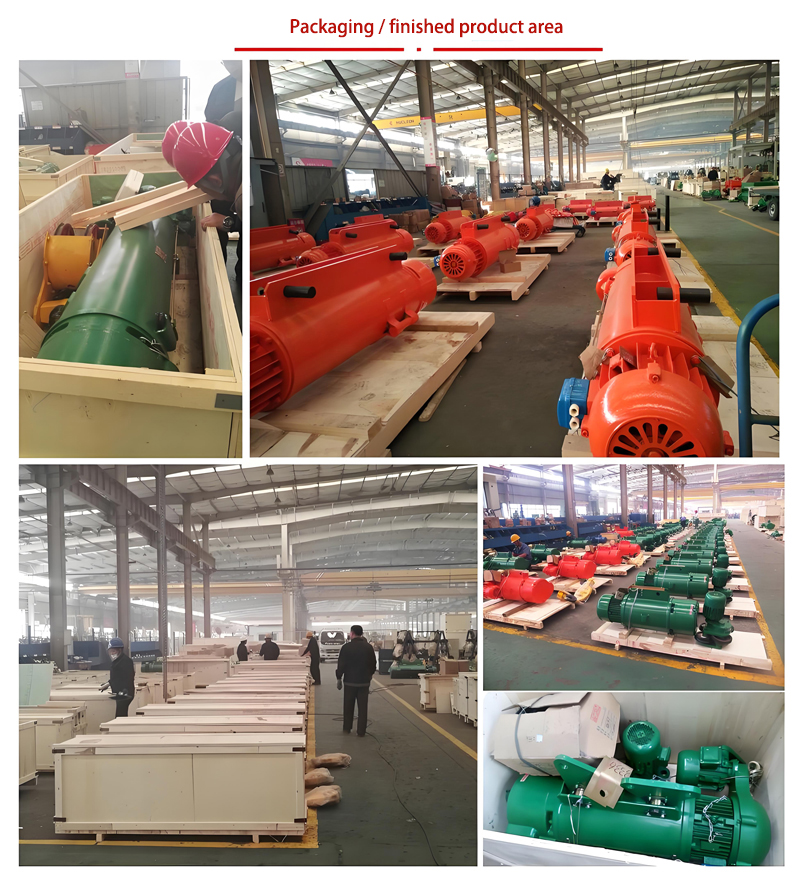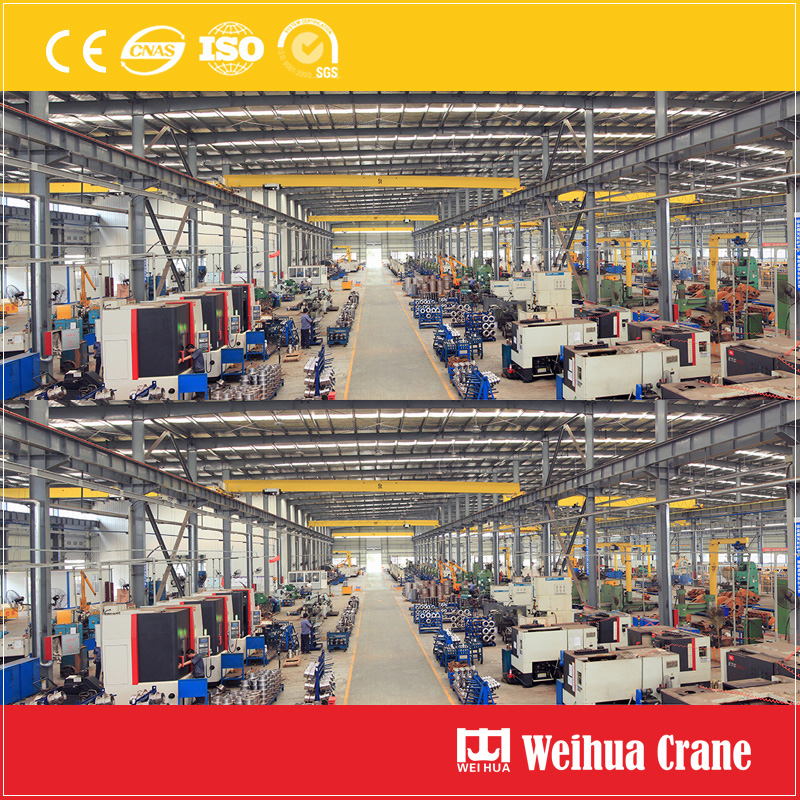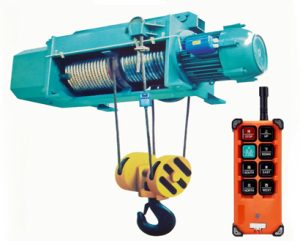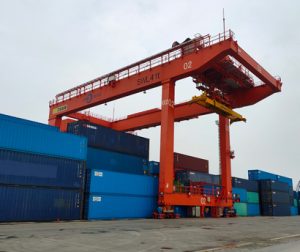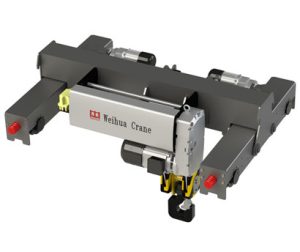Enter the game-changer: the battery-powered electric hoist. By cutting the cord, this innovative tool brings a new level of freedom, versatility, and safety to material handling. Let’s dive into why a cordless hoist might be the perfect addition to your toolkit.
The Freedom of Cordless Operation
The most obvious and impactful benefit is complete mobility. Without the need for a nearby power outlet or a long, cumbersome extension cord, you can take your hoist anywhere.
- 1. Remote Job Sites: Perfect for construction sites before permanent power is installed, agricultural settings like barns and fields, or anywhere without easy access to electricity.
- 2. Unrestricted Movement: Move loads freely across a space without being constrained by the length of a cord. This is ideal for loading trucks in a large yard or moving equipment in a big workshop.
- 3. Outdoor and Away-from-Grid Use: From lifting a fallen tree branch on your property to hoisting a boat engine for maintenance in a marina, the cordless hoist goes where the work is.

Enhanced Safety and Cleaner Workspaces
A tangled extension cord isn’t just an inconvenience; it’s a major safety hazard. Cordless operation eliminates this risk entirely.
- 1. No Trip Hazards: Create a cleaner, safer work environment for you and your team by removing dangerous cords snaking across the floor.
- 2. No Power Cords to Pinch or Damage: When lifting heavy loads, a power cord can easily get pinched, cut, or damaged by the load itself, creating a dangerous electrical situation. A cordless hoist removes this risk completely.
- 3. Safe for Damp Environments: While always requiring caution, the absence of a live mains-power cable makes it inherently safer for use in damp conditions like garages or outdoor sheds (though it should never be used in the rain).
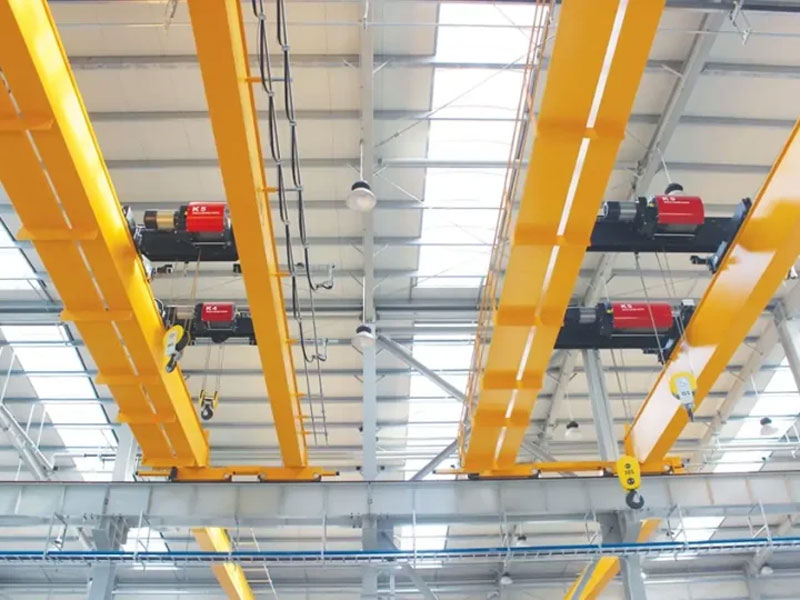
Key Features to Look For in a Cordless Hoist
Not all battery-powered hoists are created equal. When considering a purchase, keep these essential features in mind:
- 1. Battery Technology: Look for hoists that use modern Lithium-ion (Li-ion) batteries. They offer a great balance of power, Gewicht, and run-time. Many models use interchangeable battery platforms (like those from DeWalt, Milwaukee, or Makita), which can be a huge cost saver if you already own tools from that brand.
- 2. Hebekapazität: Cordless hoists are available in a range of capacities, from lighter-duty 500 lb models to heavy-duty 2,000 lb+ options. Be realistic about the weights you need to lift and always choose a hoist with a capacity that exceeds your maximum requirement.
- 3. Lift Speed and Line Pull: Check the specifications for lift speed (usually in feet per minute). Higher capacity hoists will typically have a slower line speed. Ensure the performance matches your needs.
- 4. Fernbedienung: This is a crucial feature for safety and convenience. A wireless remote allows you to operate the hoist from a safe distance, giving you a clear view of the load and the path it’s taking without being right underneath it.
- 5. Sicherheitsmechanismen: Look for built-in safety features like automatic braking, Überlastschutz, and a low-battery warning to prevent accidental drops.
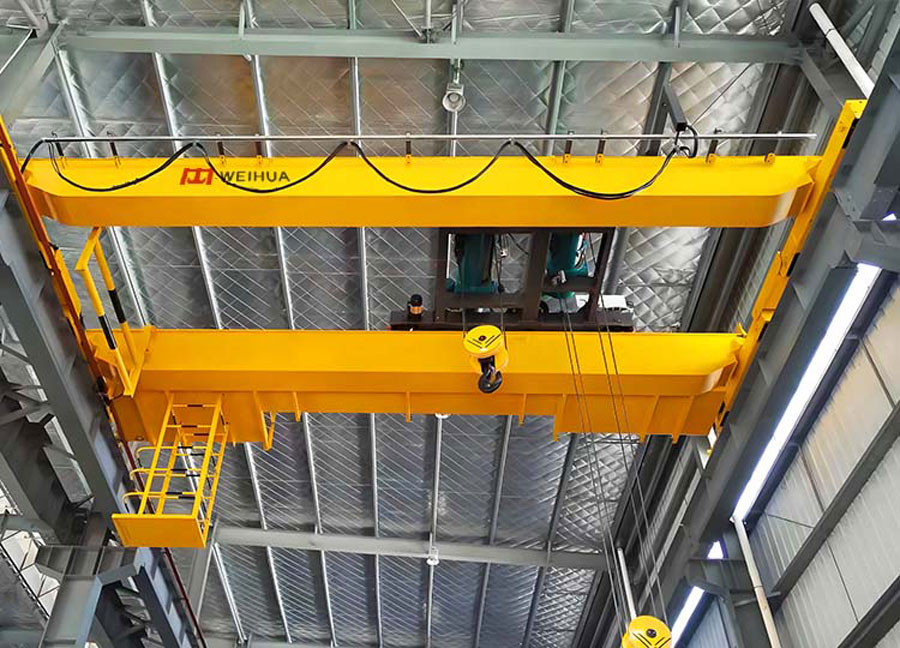
Ideal Applications for a Cordless Electric Hoist
- 1. Auto Shops and Garages: Hebemotoren, transmissions, or lifting a car for suspension work.
- 2. Konstruktion: Hoisting materials to upper floors, positioning roof trusses, or moving supplies around a site.
- 3. Warehouses and Loading Docks: Loading and unloading trucks where outlets are not accessible.
- 4. Agriculture: Lifting heavy equipment, hay bales, or feed bags in barns and fields.
- 5. RV and Boat Owners: Maintaining and repairing vehicles without relying on shore power.
- 6. DIY Enthusiasts: The ultimate tool for the home workshop, handling everything from lifting lumber to moving heavy machinery.
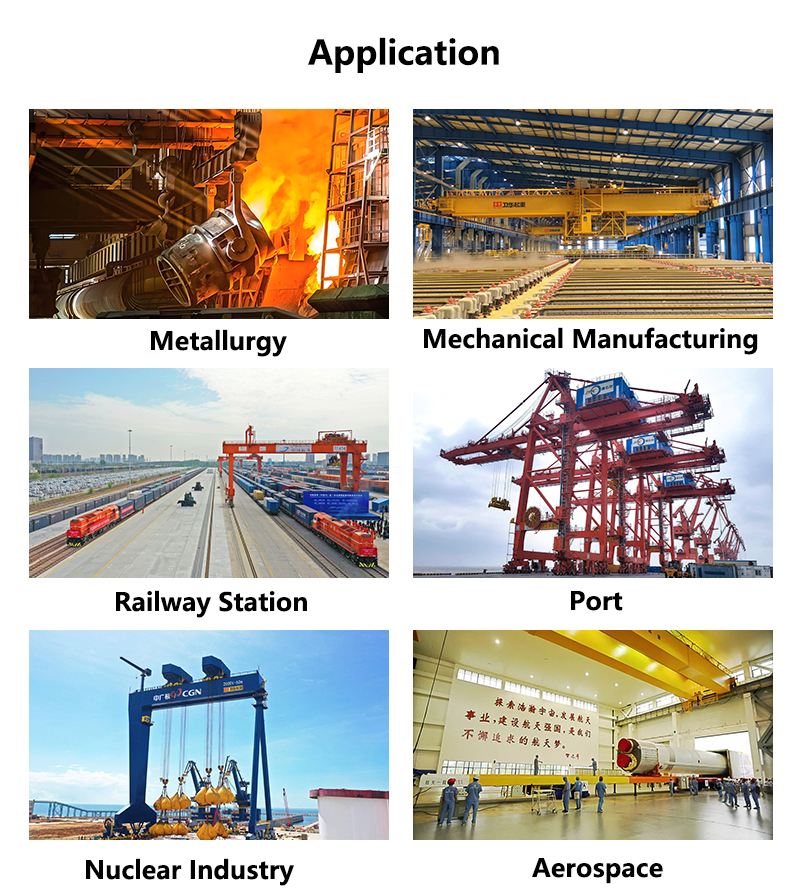
The battery-powered electric hoist is more than just a convenience; it’s a fundamental shift in how we approach lifting and moving heavy objects. It empowers professionals and DIYers alike to work smarter, sicherer, and more efficiently. By investing in a cordless model, you’re not just buying a tool—you’re investing in unparalleled flexibility and unlocking the true potential of your workspace.
